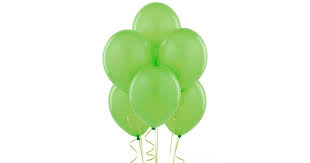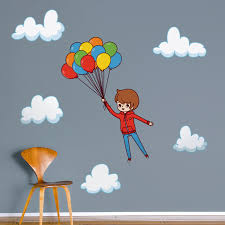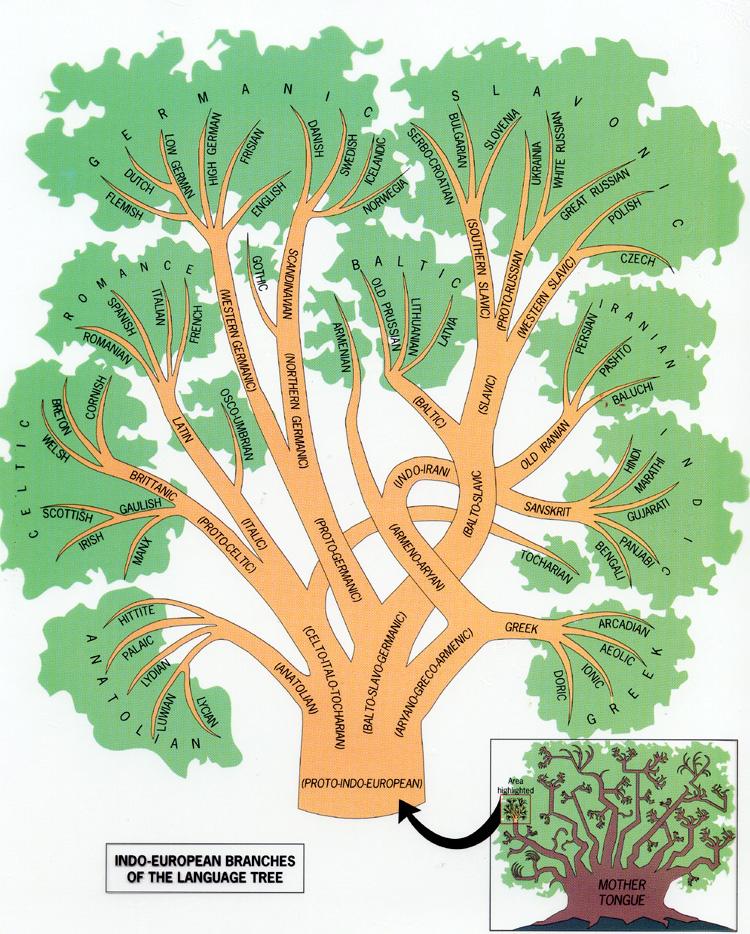En el parque hay un niño 
En el parque hay un niño con uno, dos, tres globos amarillos.
En el parque hay un niño con uno, dos, tres globos amarillos.
En el parque hay un un niño con uno, dos, tres globos amarillos, y uno, dos, tres, cuatro, cinco, seis globos verdes. 

En el parque hay un niño con uno, dos, tres globos amarillos, y uno, dos, tres, cuatro, cinco, seis globos verdes, y uno, dos, tres, cuatro, cinco, seis, siete, ocho, nueve, diez globos rojos. 
 .
.
Ay, niño! ¿A donde vas? 










